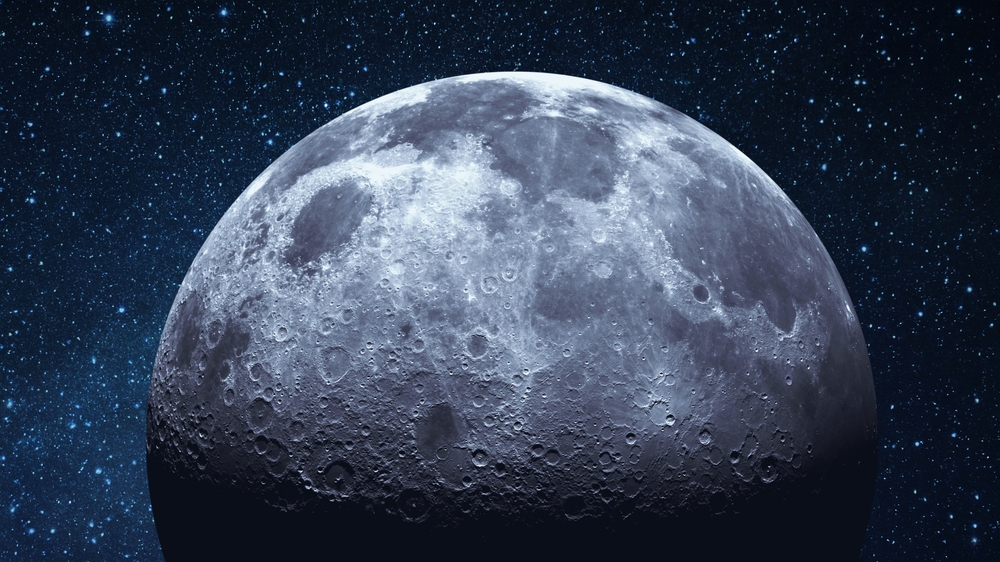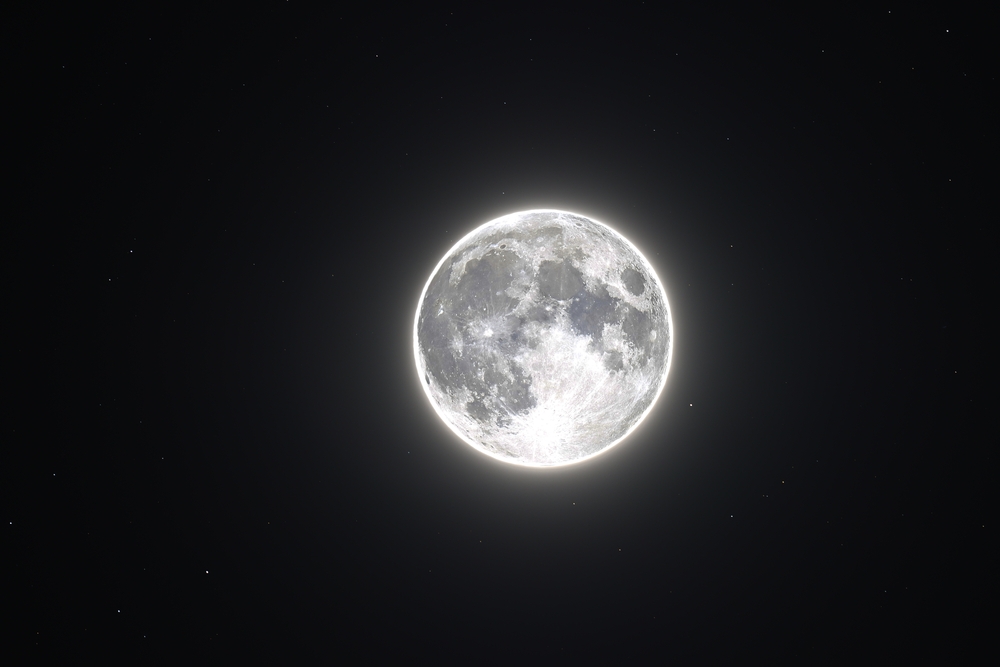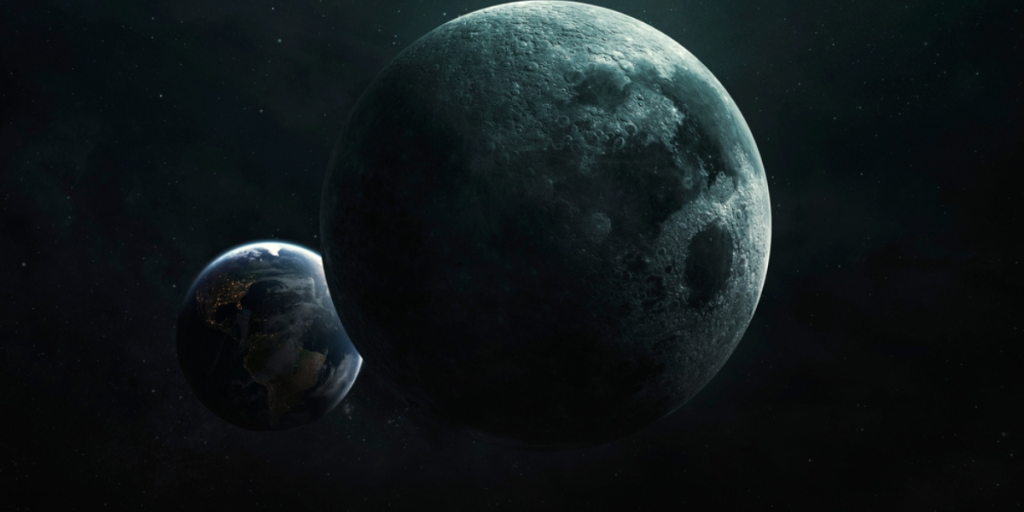The Water We Drink May Have Fallen from the Stars
Others are reading now
The Water We Drink May Have Fallen from the Stars
Water, Worlds, and Origins

Water — so common on Earth, so rare elsewhere — remains one of the greatest clues to our planet’s beginnings.
Where did it come from? How did it survive the violence of the early solar system? A new discovery from the Moon’s far side may bring us closer to the answer.
In a quiet crater, billions of years old, fragments of ancient meteorites have been found that may trace the origins of the very water that fills our oceans today.
A Historic Sample from the Lunar Far Side

According to Space.com, China’s Chang’e 6 mission made history in June 2024 when it successfully returned the first-ever samples from the far side of the Moon.
Also read
The mission retrieved 1,935 grams (68.3 ounces) of lunar regolith from the South Pole–Aitken Basin.
Within this precious material, researchers discovered fragments of rare meteorites known as CI chondrites — a carbon- and water-rich class of space rock that may hold vital clues about how water arrived on Earth.
Traces of Cosmic Messengers

As reported by Space.com, a team led by scientists from the Guangzhou Institute of Geochemistry identified the CI chondrite fragments using mass spectrometry and isotopic analysis.
These meteorites are composed of fragile, porous minerals rich in iron, manganese, and zinc, and they do not originate from the moon itself.
Their unique oxygen isotope ratios confirmed they were formed elsewhere in the solar system. CI chondrites are incredibly rare on Earth — making up less than 1% of collected meteorites — but conditions on the bone-dry Moon have preserved them in pristine condition, shielding them from the weathering that destroys similar samples on Earth.
The Connection to Earth’s Water

Also read
Space.com notes that CI chondrites are believed to be carriers of volatile elements, including water and carbon dioxide, that formed in the cold outer reaches of the solar system.
Their presence on the Moon suggests that asteroids of this type struck both the Earth and Moon in the distant past, delivering water and other volatile gases to the inner planets. This finding strengthens the idea that Earth’s water arrived through ancient impacts, rather than forming here natively.
As researcher Mang Lin explained, there were probably multiple sources of water for both worlds — but these meteorites may have been among the most significant contributors.
What We’ve Learned

The discovery of CI chondrite fragments on the Moon’s far side offers a rare and direct glimpse into the chaotic exchange of material that shaped the inner solar system.
These meteorites, preserved for billions of years, bridge the story of the Moon and Earth — linking the dry lunar surface to the water-filled world below. They remind us that the seeds of life’s most essential ingredient may have been sown by ancient collisions between worlds.
The Moon, Mirror of Our Origins

Also read
The Moon has long reflected Earth’s light — now, it reflects our history. The fragments found by Chang’e 6 show that the Moon still holds answers about where we come from and what forces made our world habitable.
This article is made and published by August M, who may have used AI in the preparation


